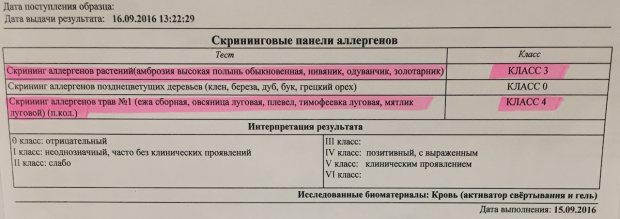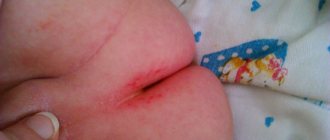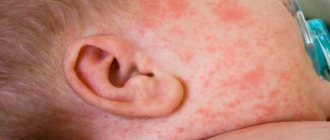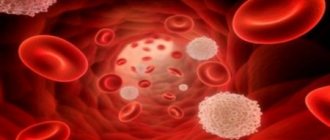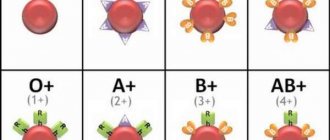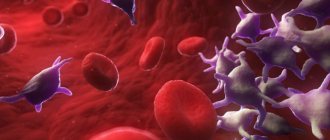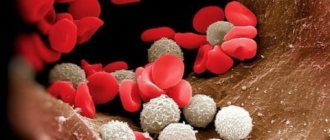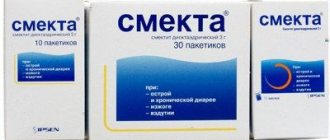Blood test for allergens in children
There are various laboratory techniques that determine the allergen that causes an allergic reaction. These include skin allergy tests (we talked about them in the previous article) and a blood test for antibodies. This is exactly what we will talk about.
An allergic reaction occurs as a response of the immune system to contact with an irritant. An allergen can enter the body in different ways - through the respiratory and digestive systems, as well as through the skin and mucous membranes. Having encountered an allergen, the immune system triggers a cascade of responses, one of which is the increased release of immunoglobulins E (IgE). It is on the determination of these antibodies in the blood that are responsible for the development of allergic reactions that this analysis is based.
Tests for allergens in children. What are scratch tests?
Scarifications are scratches made on the skin. As a rule, they are applied to the forearm, then a liquid containing the allergen is dripped onto them. Or the child is given a special injection that contains the allergen. There is also a special patch that is glued to the skin. If a child has a positive reaction in the form of a skin tumor or itching, this means that the test is positive and the allergen has been identified. This diagnostic method has contraindications:

- Age restrictions up to 5 years.
- Any diseases, for example, nervous, cardiac and others.
Advantages of the method
A blood test for allergens in children has a number of advantages over skin tests:
1. safety (cannot cause complications or exacerbation of the disease, since there is no direct contact with the irritant);
2. can be used from an earlier age (from 4-6 months), and allergy tests only after 3-5 years;
3. there are practically no contraindications to the analysis;
4. sensitivity to any number of allergens can be determined at one time;
5. can be carried out during an exacerbation of the disease;
6. It is possible to take antihistamines.
Indications for use
If a child periodically experiences the following pathologies, the doctor prescribes tests for allergens:
- allergic reaction due to consumption of certain foods;
- predisposition to atopy;
- attacks of bronchial asthma;
- respiratory tract infections;
- seasonal exacerbation of allergies;
- immune reaction to medications.
Important! If anaphylaxis, food allergies, or allergic reactions to vaccines occur, it is necessary to urgently contact a specialist who will prescribe tests for the child to detect allergens.
Tests for allergens are done while allergic symptoms persist - that is, no more than 1 month should have passed since the onset of allergy symptoms.
Attention! If an allergist or skin doctor has prescribed tests for your child, make sure that allergy tests are done in a specialized clinic and under the supervision of professionals. The child’s body is unpredictable, and during skin injection of an allergen, instant allergic reactions are possible. At this moment, it is important to provide timely medical assistance to avoid painful consequences.
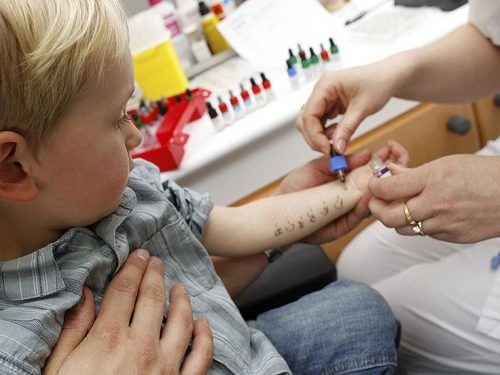
Article on the topic: Review of aspects of visiting the salt room
Preparing for analysis
— It is recommended to exclude mental and physical stress 3 days before the test.
— Eliminate fatty and spicy foods, do not smoke.
— Before the study, inform your doctor about all medications you are taking.
- Some of them may affect the test result (carbamazepine, chlorpromazine, dextran, estrogens, gold preparations, methylprednisolone, oral contraceptives, penicillamine, phenytoin, valproic acid).
— Blood sampling should take place in the morning on an empty stomach. Children should not eat for 2-3 hours before the test; you can give the child to drink clean still water.
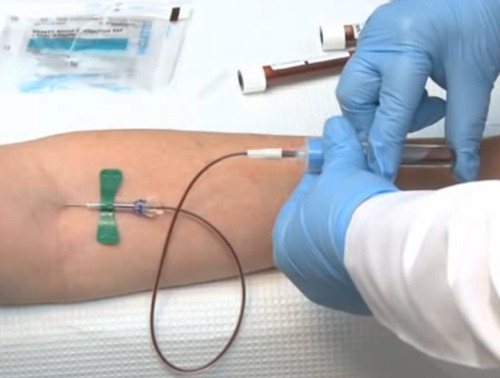
How to donate blood for allergies?
The child's blood is taken from a vein. A butterfly catheter is best suited for this. If you donate blood for free at the clinic, it is better to purchase it yourself and ask the nurse to take the blood for them.
They take quite a lot of blood - 10-15 ml. It is better to sit the child on your lap, press one hand to his chest, and hold the wrist with the other, from which blood will be taken. The nurse will apply a tourniquet, wipe the injection site with alcohol and draw blood, apply a cotton swab with alcohol and untie the tourniquet. It is best to keep your arm bent at the elbow for 5-10 minutes to avoid bruising.
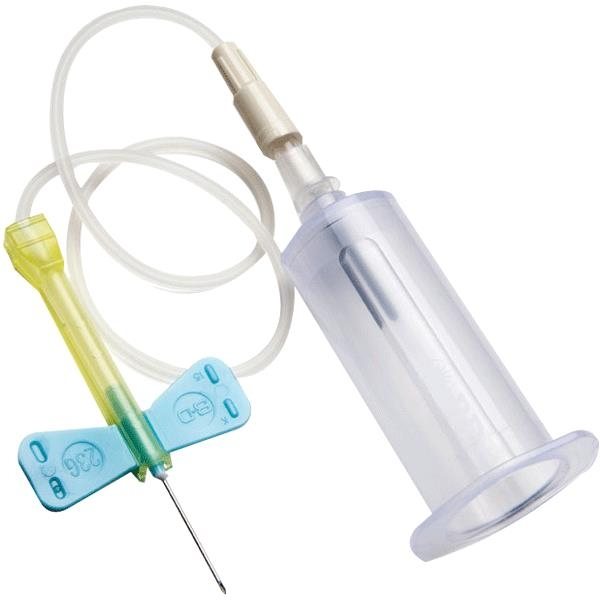
About blood tests for allergens up to a year
How to take blood from a finger from an infant, preparing a child for analysis
Testing for allergens in a child is a fairly effective way to identify the cause of an undesirable reaction. It is only available upon referral from a doctor.
Indications and contraindications
Indications are pronounced signs of allergic reactions: skin rashes, frequent respiratory diseases, chronic rhinitis. All of these conditions may be signs of a dysfunctional immune system. Contraindications to the procedure are:
- teething;
- acute respiratory disease;
- any infectious disease;
- elevated body temperature.
Blood is taken from a vein. The purpose of the procedure is to determine the level of specific immunoglobulins.
Advantages of testing over skin testing
Instead of analysis, many paid clinics offer infants a skin test. However, in a child under three years of age, this research method is often ineffective due to the difficulty of assessing the result obtained.
Test for total immunoglobulin E (IgE total)
Total immunoglobulins E (IgE) in human serum are gamma globulins produced by B lymphocytes. Their main function is participation in immediate (reagin) type reactions, as well as antiparasitic protection.
This test determines the total concentration of immunoglobulin E in the blood serum. Immunoglobulin E (IgE) is a gamma globulin produced by B lymphocytes. They perform 2 main functions: they participate in immediate reactions (reaction to an allergen) and provide antiparasitic protection.
An increased concentration of IgE in the blood indicates that a child or adult has a 10-fold increase in the risk of developing allergic diseases over the next 18 months compared to people whose concentration of total immunoglobulin E in the blood plasma is within the normal range.
In addition to a predisposition to allergies, a child may have a parasitic disease, which also increases the concentration of IgE. This happens because immunoglobulin E is able to interact with helminth antigens (ascaris, trichinella, toxoplasma, nematodes, echinococcus and other worms).
Determination of total IgE in blood plasma is used as a screening to identify allergies, but in order to identify an allergen, it is necessary to analyze its specific IgE. The normal levels of IgE in the blood are presented in the table.
| Age | Reference values |
| up to 3 months | 0 – 2 in IU/ml |
| from 3 to 6 months | 0-10 IU/ml |
| from 6 months to 1 year | 0 – 15 IU/ml |
| from 1 year to 6 years | 0-60 IU/ml |
| from 6 to 10 years | 0 – 90 IU/ml |
| from 10 to 16 years | 0 – 200 IU/ml |
| after 16 years | 0 - 100 IU/ml |
Classification of skin diagnostics
Doctors distinguish several types of skin effects on the body to identify a negative immune reaction to an irritant.
Among them:
- Scarification tests;
- Analysis for immunoglobulin E;
- Provocative tests;
- Elimination-provocative;
- Tests where a distinctive feature is the reaction to cold or heat.
It is important to know! Moreover, some children are prescribed a complete immunological or allergological diagnosis of the body in order to identify hypersensitivity to certain allergens.
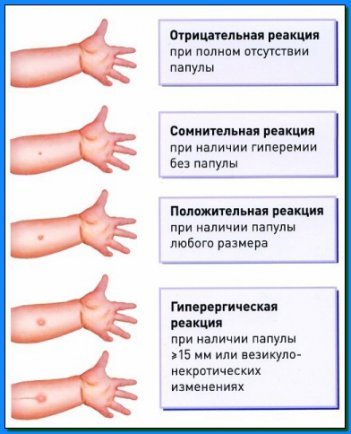
Reaction to allergy tests
Scarification tests
Tests that identify the allergen are carried out by applying skin scratches or punctures (prick tests). Thanks to the detection of the allergen during testing in the future, it will be possible to correctly relieve allergic symptoms, without doubting what served as the irritant.
There is no big difference in prick tests and scratch tests, but prick tests are considered safer. Allergy tests are done in the forearm area - the area is treated with an alcohol solution, then a small amount of the allergen is dripped onto the skin. After this, an individual scarifier or needle is taken and small skin incisions and punctures are made.
Both methods will not cause pain to the child, since the depth of the scratch or puncture is no more than 1 mm. There is no blood during the method, since the vessels are located far from the study site. More than 15 tests are not carried out simultaneously.
If skin redness or swelling is observed within a few minutes, an allergen is suspected to be contributing to the allergic reaction.
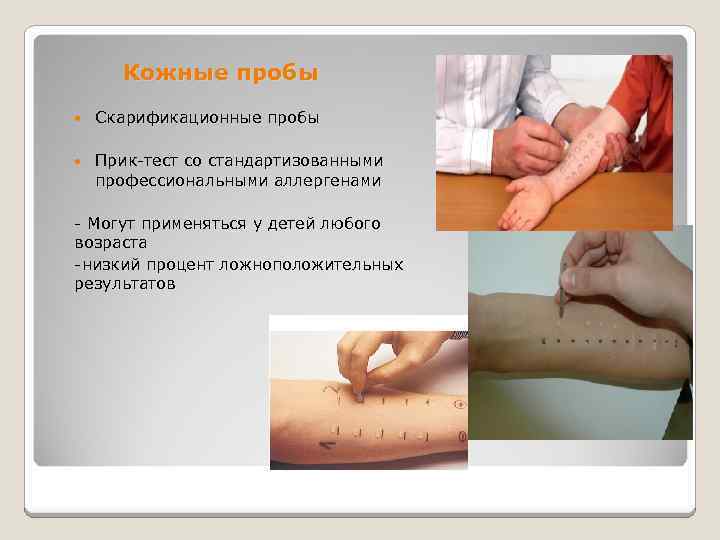
Scarification tests in children
Immunoglobulin E test
This method means taking blood from a vein. The method provides information only about the presence or absence of allergies in the child, and does not indicate the specific allergen that promotes the immune response.
Article on the topic: Allergy to silver: causes, symptoms, diagnosis and treatment
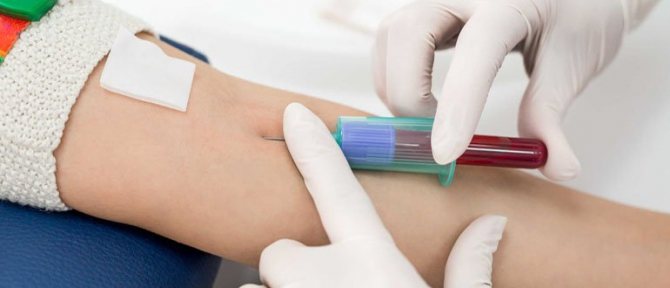
Immunoglobulin E test
Provocative tests
The method is carried out strictly in specialized hospitals, as it is dangerous with an instant reaction when prompt medical assistance is required. The allergen is injected into the sublingual area, nasal cavity, bronchi, after which allergic manifestations are expected.
Provocative tests are carried out only if the previous two methods have not shown results.
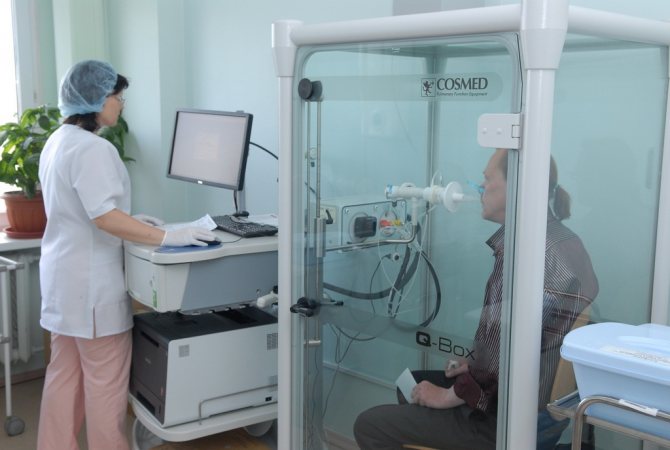
Provocative tests for allergens
Elimination tests
Testing is based on the gradual elimination of the allergen from the body. A striking example of elimination tests is an elimination diet - cleansing the body of suspected allergens from a nutritious diet. Tests are carried out with frequent contact with the allergen.
If the child's condition improves within one to two weeks, it is considered that hypersensitivity to the food was the cause of the allergy.
Carrying out a cold test
Skin testing is carried out in two ways:
- The child’s hands are immersed up to the elbows in a container with ice cubes for several minutes. At this time, blood pressure and pulse are measured and an ECG is taken;
- if the child has major injuries or vegetative-vascular dystonia, cool a small skin area.
If blood pressure exceeds 20-25 mm, the test shows the presence of allergies.

Carrying out a cold allergy test
Performing a thermal test
Over the course of several minutes, the skin heats up to 45 degrees. The result is assessed by increased blood flow speed. If a blister forms on the skin, the allergy test is considered positive.
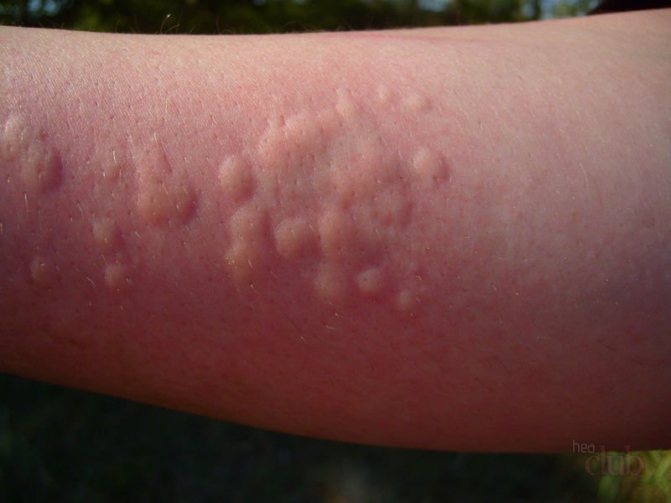
Positive result in thermal test
Analysis for specific immunoglobulins E and G
Specific immunoglobulins IgE and IgG are produced in response to exposure to a specific antigen. With repeated exposure, they are produced in large quantities, which indicates the body’s high sensitivity to this irritant, that is, an allergy to it. IgG4 determines food allergies.
In laboratory conditions, blood serum is mixed with various allergens, then the results of the study are obtained by adding enzymes or radioisotopes. Depending on the reagent, these may be methods:
— ELISA test (enzymes); — RAST-test methods (radioisotopes).
The disadvantage of this method is that it is possible to determine an allergen only with a protein component, that is, the test is not sensitive to non-protein antigens.
During the analysis, various allergen panels can be considered; there are a huge number of them, for example, the fungal panel consists of the 20 most common molds, the MIX panel (for alcohol) for 100 allergens. An allergist will tell you which panels to take. Sometimes a doctor recommends that a child donate blood for a specific allergen (this study is called in-depth allergy screening), for example, for some kind of antibiotic.
Specific immunoglobulins of class E are determined for food allergens, animal and bird allergens, insect allergens, household allergens, mold allergens, helminth allergens, medicinal substances, local anesthetics, metals, tree pollen allergens, grass allergens and other allergens. Below we give you a list of commonly used generalized allergy panels in children.
Basic allergen panels
• allergy screening for 36 allergens: hazel pollen, white birch, Kladosporium and Aspergillus mushrooms, black alder, quinoa, fescue, dandelion, rye, wormwood, timothy, bird feathers (mixture), horse, cat and dog hair, household dust, cockroach, mixed cereals (corn, rice and oats), beef, chicken egg, chicken meat, pork, tomato, carrots, strawberries, apple, cod, cow's milk, potatoes, hazelnuts, soybeans, peas, wheat;
• allergy screening for 20 allergens: ragweed, wormwood, white birch, timothy, Kladosporium, Alternaha and Aspergillus mushrooms, D. Farinae mite, D. Pterony mite, latex, cod, milk, egg white, soy, peanuts, wheat, rice, wool cats, dogs and horses, cockroaches;
• IgE food panel to 36 food allergens: white beans, potatoes, banana, orange, raisins, mushrooms, cabbage mixture (white, cauliflower and broccoli), celery, wheat, carrots, garlic, almonds, peanuts, walnuts, chicken, beef, turkey, egg white, egg yolk, pork, cod, tuna, cow's milk, onion mixture (yellow and white), yeast, soybeans, rye, tomatoes, rice, pumpkin, seafood mixture (shrimp, mussels, crab), chocolate .
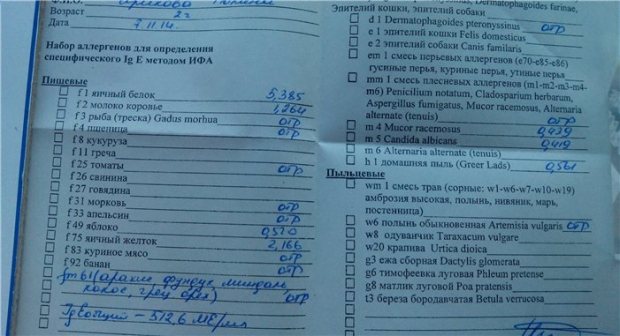
The results of the analysis for specific IgG4 are shown in the table.
| Index | Allergen sensitivity |
| up to 50 U/ml | negative |
| 50-100 U/ml | poor sensitivity |
| 100-200 U/ml | moderate sensitivity |
| above 200 U/ml | high sensitivity |
Cost of the procedure
It is possible to carry out skin tests for free, but for this it is necessary to collect many certificates, and the child must be registered with an allergist for a long time. It is much easier to do allergy tests for money, where each allergen is paid for.
Article on the topic: Review of medicinal mixtures for children with allergies
Test prices vary depending on the number of samples and the complexity of the allergen. In Russia, the price of the study varies from 600 to 20,000 rubles.
If you want to make allergy tests cheaper, perform tests for one allergen or several antigens of the same group, the effects of which on the body are similar.
If surgical treatment of allergies is required, Allergonix drops, which contain only natural ingredients, have recently proven themselves very well.
ImmunoCAP technology
ImmunoCAP technology is a modern method based on the detection of specific IgE. This is an immunofluorescence method in which allergens are collected on a three-dimensional porous solid phase (cellulose sponge), thereby increasing the binding surface of specific antibodies.
The test is highly sensitive and can detect ultra-low concentrations of IgE antibodies.
ImmunoCAP technology is the “Gold Standard” in specific allergy diagnostics and is approved by the World Health Organization and the World Allergy Organization. This test shows sensitivity to various mixtures of allergens, to individual allergens and allows you to create individual panels.
The purpose of the ImmunoCAP method is to confirm that the disease is allergic in nature. Significantly elevated values of specific IgE indicate that allergic manifestations are to one allergen or allergens from the panel. If the result is negative, an allergy is not excluded, but the source remains unknown.
Blood analysis using the ImmunoCAP method is carried out on the following panels:
• pollen; • food; • food fx 5; • inhalation Fadiatop and Fadiatop for children; • Phadiatop; • fungal molecular 1 or 2; • polynosis MIX; • household; • house dust mite; • tick allergens; • pollen; • timothy grass (mixture); • timothy, wormwood, ragweed; • early spring herbal mixture; • atopy MIX; • ambrosia; • autumn-wormwood.
Fadiatop and Fadiatop for children
I would especially like to highlight the “Fadiatop” and “Fadiatop for Children” panels. They are used to diagnose allergic diseases that are manifested by allergic reactions from the respiratory system (bronchial asthma, obstructive bronchitis, allergic rhinitis and conjunctivitis, respiratory allergosis, etc.).
The difference between them is that “Fadiatop for children” includes food allergens, while “Fadiatop for adults” includes only inhalation allergens.
Children's Fadiatop contains the most common allergens that most often cause reactions in young children. This includes groups of allergens such as pollen, mold, mites, animal allergens, cockroaches, etc. A positive result will indicate that the child is allergic to some substance from this panel, and a negative result excludes an allergy to these allergens. If the result is positive, it will be necessary to test each allergen separately.
| Indicator value | Level of antibodies to specific IgE | Class |
| 0 – 0.35 kU/l | Absent | 0 |
| 0.351 – 0.69 kU/l | Short | 1 |
| 0.70 – 3.49 kU/l | Average | 2 |
| 3.5 – 17.49 kU/l | High | 3 |
| 17.5 – 49.99 kU/l | Very tall | 4 |
| 50.0 – 100.0 kU/l | Intensely high | 5 |
| More than 100.0 kU/l | Extremely high | 6 |
